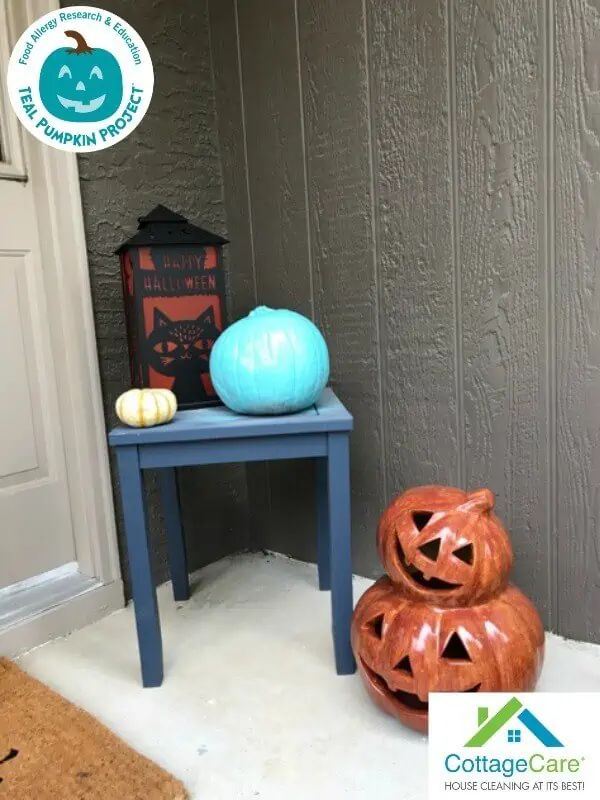
While trick or treating this year, you might notice some homes and businesses with a different take on the classic Halloween pumpkin. Though “pumpkin orange” dominates the seasonal color palette, don’t be surprised to see some painted a bright teal blue. It’s not just for a splash of color—it’s to remind everyone to make Halloween as inclusive as possible for kids with food allergies.
In 2014, Food Allergy Research & Education (FARE) launched the Teal Pumpkin Project to raise awareness of food allergies during the Halloween season and to remind people all over the world that treats don’t have to be food at all. They can be stickers, small toys, markers, glow sticks, or a thousand other things that kids like. Should you avoid candy altogether? No way! Just be careful of the candy you choose and have some other options available for kids whose options are limited by allergies. Who doesn’t like options?
Many of us did our trick or treating during a more innocent, if less informed time. Though it has changed a lot over the years, one constant remains; Kids’ love for candy. Unfortunately, not all kids can eat all types of candy. Allergens like milk, eggs, and peanuts can cause serious problems for youngsters, who don’t always know which treats are safe for them to eat. A peanut allergy, for example, can be life-threatening. It’s hard because so many candies contain one or more of these common allergens. So what can you do, short of being that lame house that hands out apples or raisins? For starters, you can let kids and parents know that you offer safe alternatives to traditional treats.
How to turn an orange pumpkin teal in 5 easy steps (no dark magic required)
There’s nothing special about painting a pumpkin teal compared to any other color, but WikiHow recommends the following steps for optimal results:
1.Choose a pumpkin with a smooth surface.
Bumps or deep grooves are more difficult to paint. Check for soft spots or blemishes, as well.
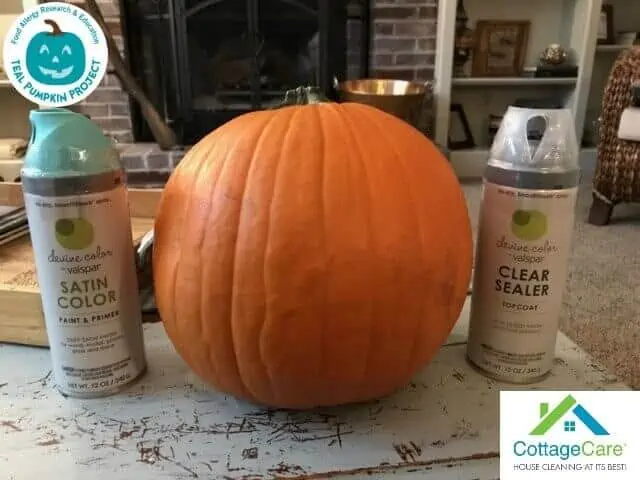
2.Clean and dry the pumpkin
Dirt and debris make it harder for paint to adhere and set. Try not to get the stem or bottom (blossom) too wet, or it may accelerate decay.

3.Consider a sealer
Craft-grade sealers are available at stores like Hobby Lobby or Michael’s, and are available in spray form. A sealer helps paint adhere better and should reduce how much you need to cover the surface thoroughly and evenly.
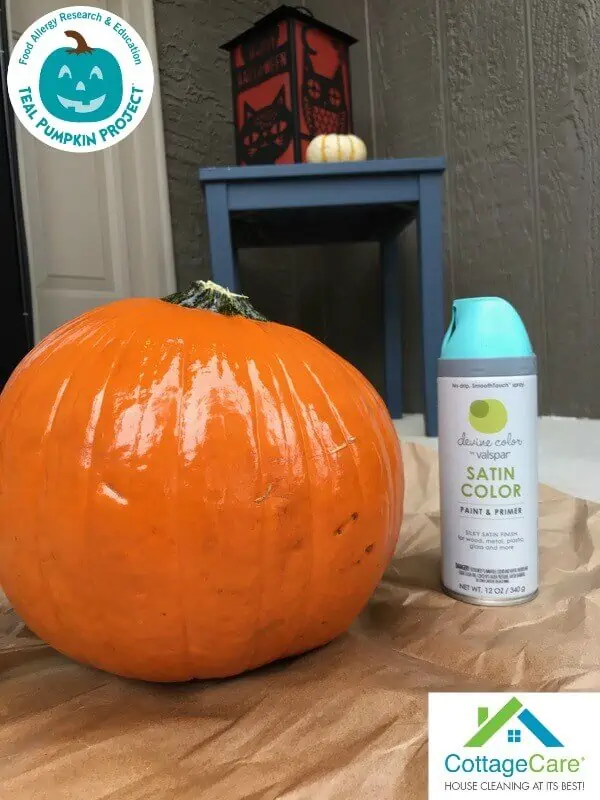
4.Lay down the blues.
A spray acrylic is your best option. Krylon makes colors like Athletic Field Blue and SB Handicap Blue, which are about the right color. Otherwise, an inexpensive semi-gloss house paint will suffice.
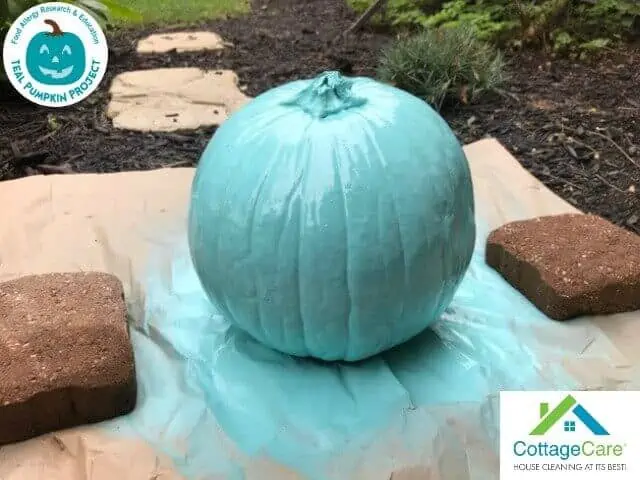
5.Dress it up!
Take that blue vegetable to the next level. FARE offers $30 kits that include all sorts of goodies for decorating your teal pumpkin and supporting the project, but permanent markers or craft paint will get it done. Have fun and be creative!
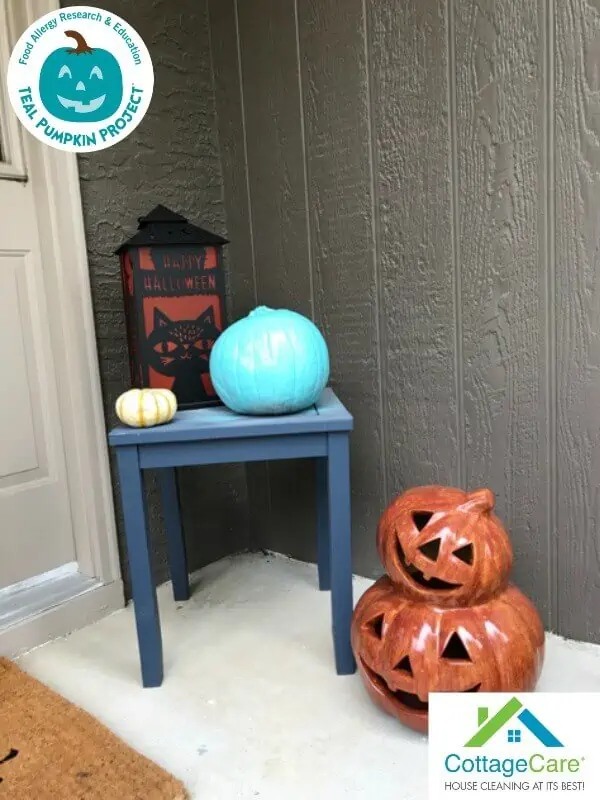
If you don’t have the time or interest in painting a teal pumpkin but still want to support the project, FARE has you covered with a boatload of free resources like printable signs, stencils, and sticker templates. Of course, you can use your own social networks to spread the word or share your pumpkin designs via FARE’s Twitter, Instagram, or Facebook pages.
We at Cottage Care wish you and your family a safe and spooky Halloween, and hope you will join us in supporting the Teal Pumpkin Project.
